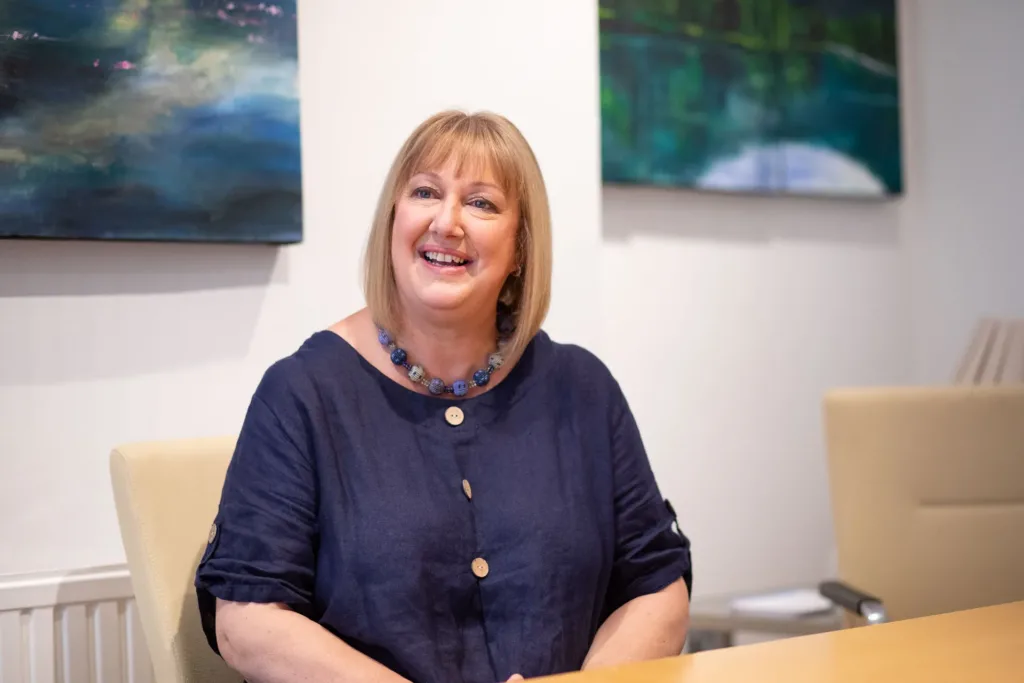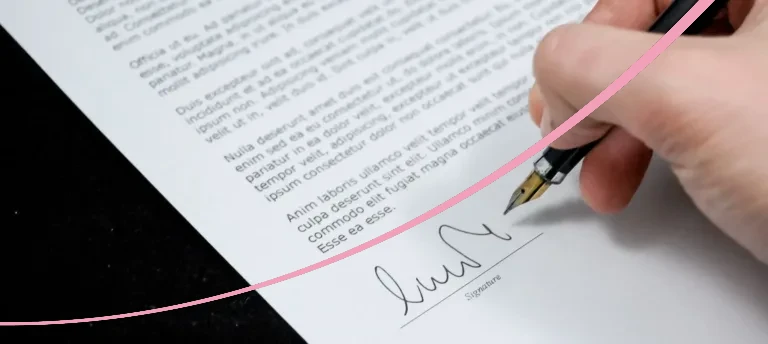Collaborative divorce is a constructive, non-confrontational approach, where participants meet in a spirit of cooperation.
Lodders’ family law expert, Caroline Dresden, explains.
“Collaboration” can have an unpleasant connotation – the dictionary description is “traitorous co-operation with an enemy”, but a modern, positive alternative is: “the action of working with someone, to produce something”.
Collaborative divorce
Collaborative divorce is a constructive, non-confrontational approach, which avoids the uncertain outcome of a court hearing. It involves both/all participants meeting in a spirit of cooperation, with them working together in harmony and as a team, to resolve marital claims in a way which suits both parties, as opposed to what a court is empowered to do.
Perhaps one of the reasons collaborative divorce is not well known in the UK is because both sides must have a lawyer trained in the collaborative process – and they are not always easy to find. One party may want to use a particular solicitor, and if they have not undergone the training, a collaborative divorce is not an option for the couple. But if you are attracted to the idea, try encouraging your partner to look for a collaboratively trained lawyer at the outset, in order to make your preferred choice a reality.
Mediation, which is assisted negotiations between the parties but without lawyers, has been encouraged by the Government – but this is not always a viable or mutually beneficial option. Often, both parties are not at the same stage emotionally, or are not aware of all the family assets, and may not be aware of their legal rights, responsibilities, and obligations. Furthermore, a mediator is not always even legally qualified, never mind a divorce lawyer.
Collaborative resolution
Collaborative resolution can overcome all these shortcomings associated with mediation. Disclosure is dealt with in face to face meetings, so questions can easily be asked, and misunderstandings quickly corrected. Both parties have their own choice of lawyer, so there is equality of bargaining and knowledge at every stage. They work through the various issues constructively, in an amicable manner, with the personal support of their own lawyer. Other professionals such as accountants or pension experts, can be asked to join meetings if needed. Collaborative resolution also offers the chance to use more creative and flexible solutions, as well as allowing couples to focus on issues important to them, rather than issues a court might prioritise.
Both parties are in control
The parties control the whole process, managing the outcome as well as the timing, which can be quicker than a court-based process. Collaborative law agreements are usually reached in about three to four months, whereas a contested hearing in court can take between nine months and two years. There is no formal timetable; the parties meet as often, or as little, as they wish. A court order is drafted by agreement, and a paper application made to court for approval, without attendance required.
Difficulties with collaborative divorces
Potentially, the only difficulty is if the collaboration breaks down and it is necessary to resort to court, and in this instance, both parties would have to change solicitors.
More than divorce
The collaborative process can be used to resolve other family issues, including disputes between parents, and pre and post-marital contracts. I have acted in a case where the soon-to-be-husband agreed, in a collaborative setting, to make no claim against his soon-to-be-wife’s potential inheritance.
Collaborative law can also be a useful way of agreeing the terms of a prenuptial agreement, where everyone’s wishes and concerns can be tackled head on, in face-to-face meetings before final terms are agreed.
Case studies
In my experience, collaborative law proved particularly useful in a case where there was a family business; the husband wished to retain the family firm, and the wife wished to retain the family home. A collaborative divorce suited their individual circumstances at the time, yet a court would have been concerned the wife was over-housed and had insufficient maintenance, whilst the husband had no housing capital. In this instance, the divorce, and the individual wishes of both parties were achieved.
In another case, at the conclusion of the collaborative divorce settlement meeting, the husband announced (after he thought we had settled) that he had very recently made a claim on a critical illness policy and was about to receive a high six figure pay-out. In any other case, such non-disclosure at such a late stage could have derailed the process, but after the wife had got over her shock at the husband’s ill health, and her anger at his late disclosure, we continued negotiations and altered the settlement to satisfy both parties.
In summary, in my experience participants have found the collaborative law process leads to sounder, longer lasting solutions, which are achieved quickly and often more cheaply than via a traditional resolution.
More information
For more information on the collaborative divorce process, of any other family law related issue, please contact Caroline Dresden on 0121 2000890, or via email.
Contact us
Read more
Other news, insights and events








